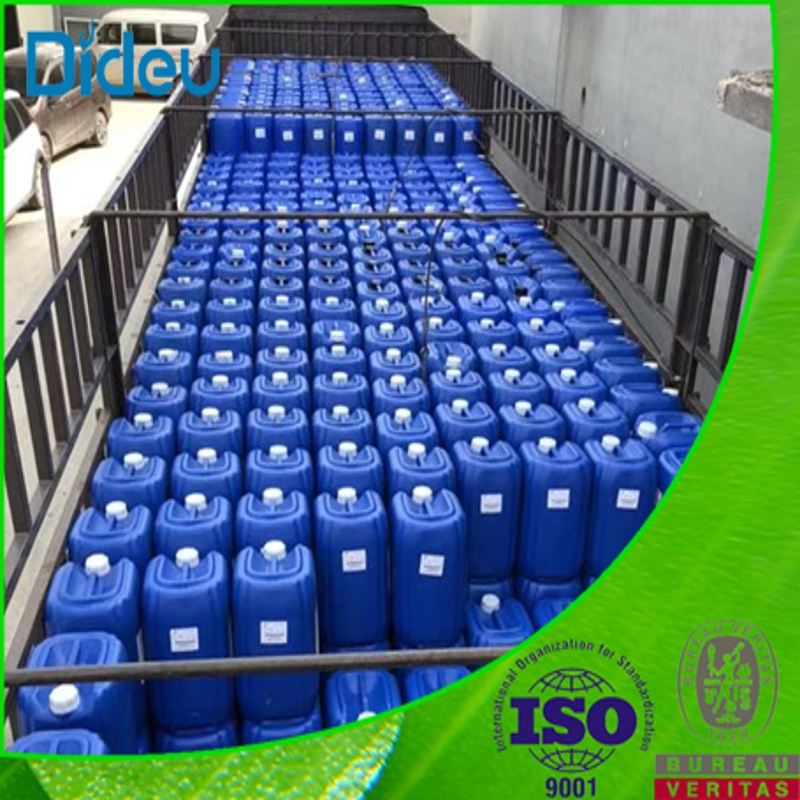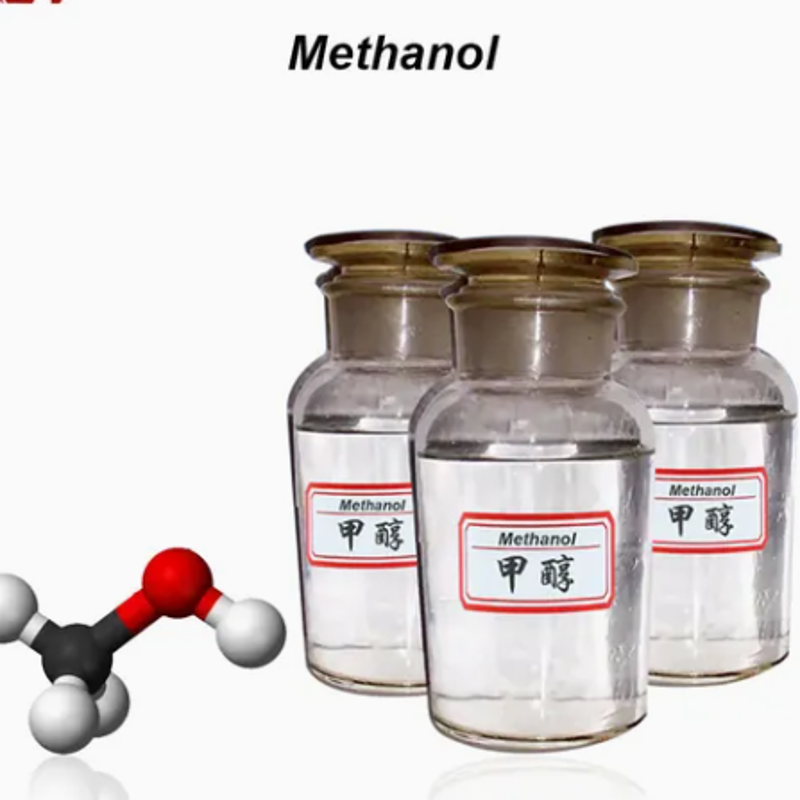-
Categories
-
Pharmaceutical Intermediates
-
Active Pharmaceutical Ingredients
-
Food Additives
- Industrial Coatings
- Agrochemicals
- Dyes and Pigments
- Surfactant
- Flavors and Fragrances
- Chemical Reagents
- Catalyst and Auxiliary
- Natural Products
- Inorganic Chemistry
-
Organic Chemistry
-
Biochemical Engineering
- Analytical Chemistry
-
Cosmetic Ingredient
- Water Treatment Chemical
-
Pharmaceutical Intermediates
Promotion
ECHEMI Mall
Wholesale
Weekly Price
Exhibition
News
-
Trade Service
2-Ethylhexanol is a commonly used solvent and intermediate chemical in the production of various chemical products.
The production process of 2-ethylhexanol involves several steps, including the hydrolysis of crude palm oil, the esterification of fatty acids, and the oxidation of the resulting esters.
The first step in the production process is the hydrolysis of crude palm oil.
This involves the breaking down of the oil into its constituent fatty acids and glycerol.
The crude palm oil is first clarified and then transesterified using a strong acid catalyst, such as hydrochloric acid.
The resulting fatty acid methyl esters are then hydrolyzed using a strong base, such as sodium hydroxide, to produce the individual fatty acids.
The next step is the esterification of the fatty acids.
This involves the reaction of the fatty acids with an alcohol, such as ethanol or 2-propanol, in the presence of a strong acid catalyst, such as sulfuric acid.
The reaction results in the formation of the corresponding fatty acid esters.
The final step in the production process is the oxidation of the fatty acid esters.
This involves the addition of oxygen to the fatty acid esters, causing the formation of aldehydes and ketones.
The oxidation can be carried out in the presence of a catalyst, such as potassium permanganate, and is typically performed at a high temperature and pressure to maximize the yield.
The oxidized fatty acid esters are then separated from the other reaction components, such as aldehydes and ketones, through a series of distillation and crystallization steps.
The resulting product is 2-ethylhexanol, which is a colorless, oily liquid with a characteristic odor.
The production process of 2-ethylhexanol can vary depending on the specific requirements of the production facility and the desired quality of the final product.
In some cases, additional steps, such as the reduction of the oxidized fatty acid esters, may be required to produce a higher purity 2-ethylhexanol.
The production of 2-ethylhexanol is an important process in the chemical industry, as the chemical is widely used as a solvent and intermediate in the production of various chemical products.
It is used in the production of cleaning agents, plastics, inks, and other industrial and consumer products.
The high demand for 2-ethylhexanol has led to the development of various production methods, including conventional batch and continuous processes, as well as more advanced, continuous flow methods.
The production of 2-ethylhexanol is an energy-intensive process, with significant amounts of heat and electricity required for the various steps, such as the hydrolysis and oxidation steps.
As a result, the production process must be designed and operated with energy efficiency in mind to minimize the environmental impact and reduce the costs.
The production of 2-ethylhexanol also involves the handling and disposal of hazardous chemicals, such as sulfuric acid and potassium permanganate, which must be done with caution and in compliance with the relevant safety regulations and guidelines.
In conclusion, the production process of 2-ethylhexanol is a complex and multi-step process that involves the hydrolysis of crude palm oil, the esterification of fatty acids, and the oxidation of the resulting esters.
The production process can vary depending on the specific requirements of the production facility and the desired quality of the final product.
The production of 2-ethylhexanol is an important process in the chemical industry, with significant economic and environmental implications.
As such, it is important to design and operate the production process with energy efficiency and safety in mind.







